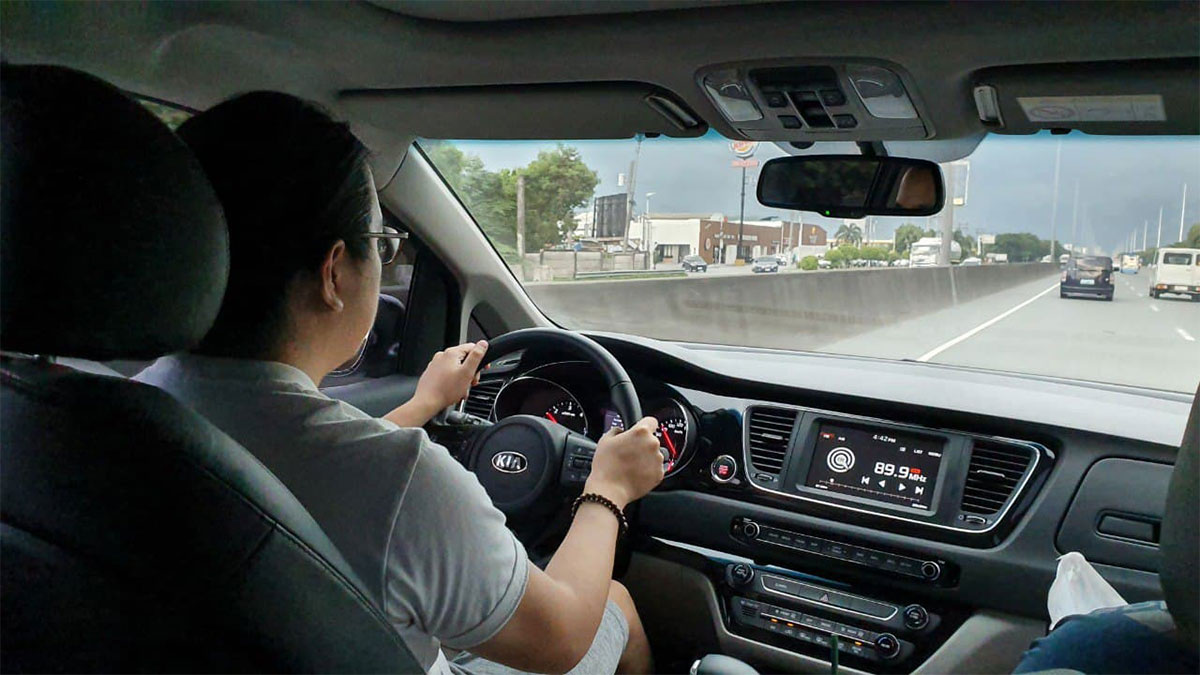Speed limits are often neglected here in the Philippines. Even outside of tollways, you might find drivers who feel like the world is a racetrack, and that poses a huge safety concern. You see, each road has a designated speed limit, as stated under Joint Memorandum Circular (JMC) No. 2018-001 of the Department of Transportation (DOTr), Department of Public Works and Highways, and Department of Interior and Local Government.
Under the said JMC—also known as the “Guidelines and Standards for Classifications of Roads, Setting Speed Limits under Republic Act No. 4136 and Collection of Road Crash Data”—each road has a set speed limit, depending on its classification. Judging by how many speedsters we see on the road on a daily basis, we can assume that these limits are either unknown or blatantly disregarded by the general public.
This is why the DOTr and the Land Transportation Office (LTO) intend to strengthen their efforts to implement these guidelines across the country, as the two agencies inked a Memorandum of Understanding with public interest law organization ImagineLaw earlier today. The partnership will yield various training workshops for law enforcers from the LTO, Philippine National Police-Highway Patrol Group, and Metropolitan Manila Development Authority.
“Our cities and municipalities are developed along the highways. It is now the appropriate time to set and enforce speed limits so that we can slow down vehicles. Let us all remember that speed kills,” said DOTr undersecretary for road transport and infrastructure Mark de Leon.
LTO chief Edgar Galvante also assured the public that all local government units in the Philippines will soon be capable of properly enforcing these policies and make our roads safe. “Right now, LTO is crafting measures that can be implemented by our enforcers, but training them on how to enforce it would be necessary. That is why we will coordinate with our LGU counterparts to help us come up with a better measure,” he added.











